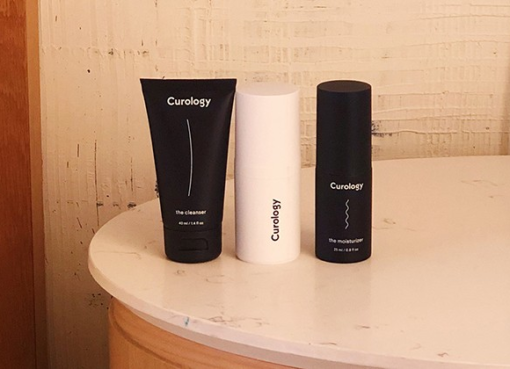Aging is a normal physiological process that everyone has to go through. But it may often come with a huge price. Aging is associated with several degenerative alterations in your body, especially after 50 years of age. This results in spinal stenosis which means the narrowing of the spinal column.
Dr. Kamal Woods Dayton is a renowned healthcare specialist who can diagnose and treat spinal stenosis to alleviate pain and numbness caused by spinal stenosis.
Overview
Spinal stenosis is a medical condition characterized by the narrowing of spaces in your spinal canal (a small tunnel that runs between each vertebra in your spine). Stenosis leads to cramping of the nerves and spinal cord within the spinal canal.
There are two types of spinal stenosis:
- Cervical: The narrowing occurs in your neck or cervical spine.
- Lumbar: The stenosis occurs in your lower back or lumbar spine.
Aetiology
Spinal stenosis has several causes grouped under:
Congenital (from birth)
- Inherited conditions that affect bone growth such as kyphosis, scoliosis, and exostoses
- Issues with spine formation during fetal development
Acquired causes (after birth)
- Osteoarthritis
- Bone spur
- Paget’s disease
- Bulging or herniated disc
- Spinal fractures and injuries
- Thickened ligaments
- Spinal cysts or tumors
Manifestations
Symptoms usually depend on the type of stenosis.
Cervical stenosis
- Neck pain
- Numbness and tingling sensation in your arm, hand, leg or foot
- Weakness in your arm and leg
- Balance and gait issues
- Compromised function in your hands during routine activities
Lumbar stenosis
- Lower back pain that radiates to your leg and foot
- A heavy feeling in your leg with cramping
- Numbness is your buttocks, leg, or foot
- Pain worsens when you stand for a long time or walk downhill
- Pain lessens when you sit or walk uphill
Management options
Your healthcare professional will review your medical history, evaluate your symptoms and conduct a physical exam.
You will have to undergo imaging tests to determine the exact location, type, and extent of stenosis. These include:
- Spine X-ray
- MRI
- CT scan
Treatment
- Nonsurgical methods
- Oral medications like NSAIDs relieve inflammation and pain.
- Physical therapy strengthens your back and abdominal muscles and can ease pressure on your spinal nerves.
- Steroid injections reduce inflammation, pain, and irritation.
- Surgical methods
- Laminectomy: This is a common surgery for spinal stenosis. Your doctor will make a small incision in your back to remove bone spurs and other parts of the vertebrae, creating sufficient space for your nerves.
- Foraminotomy: This involves the expansion of the foramen in your vertebrae where the nerve root exits.
Back and neck pain caused by spinal stenosis can interrupt your daily life. However, it is important to consult your doctor about treatment options and outlook.





